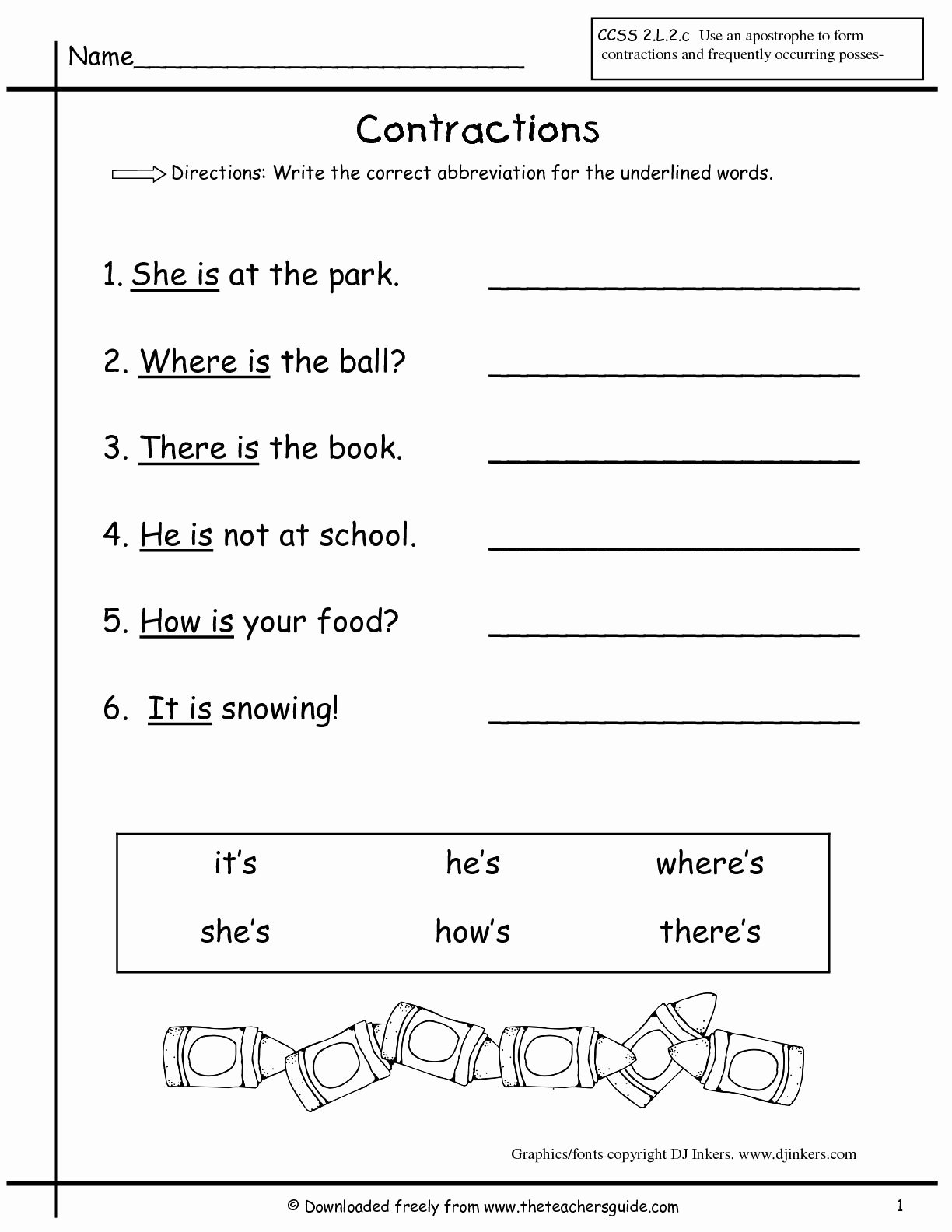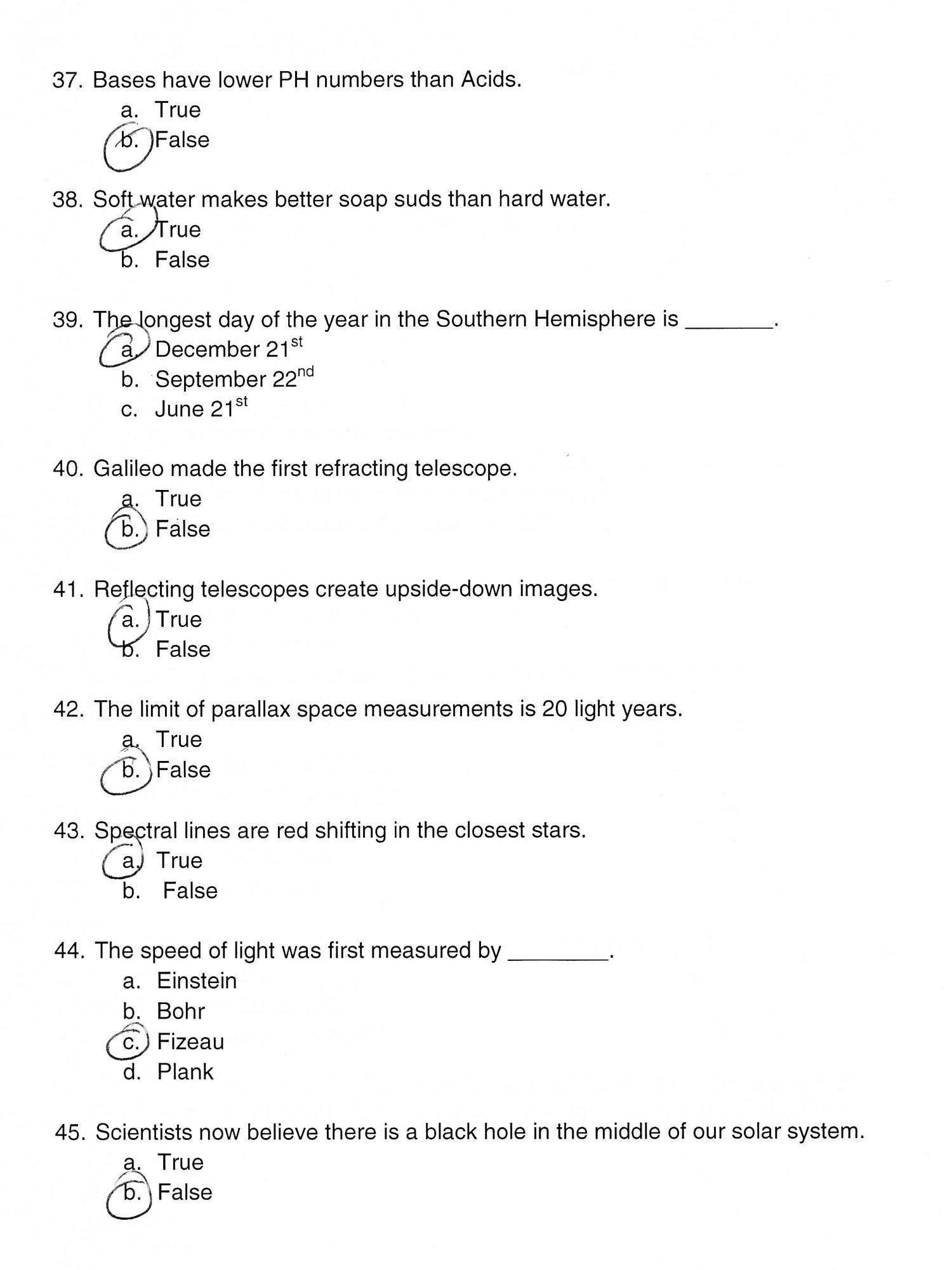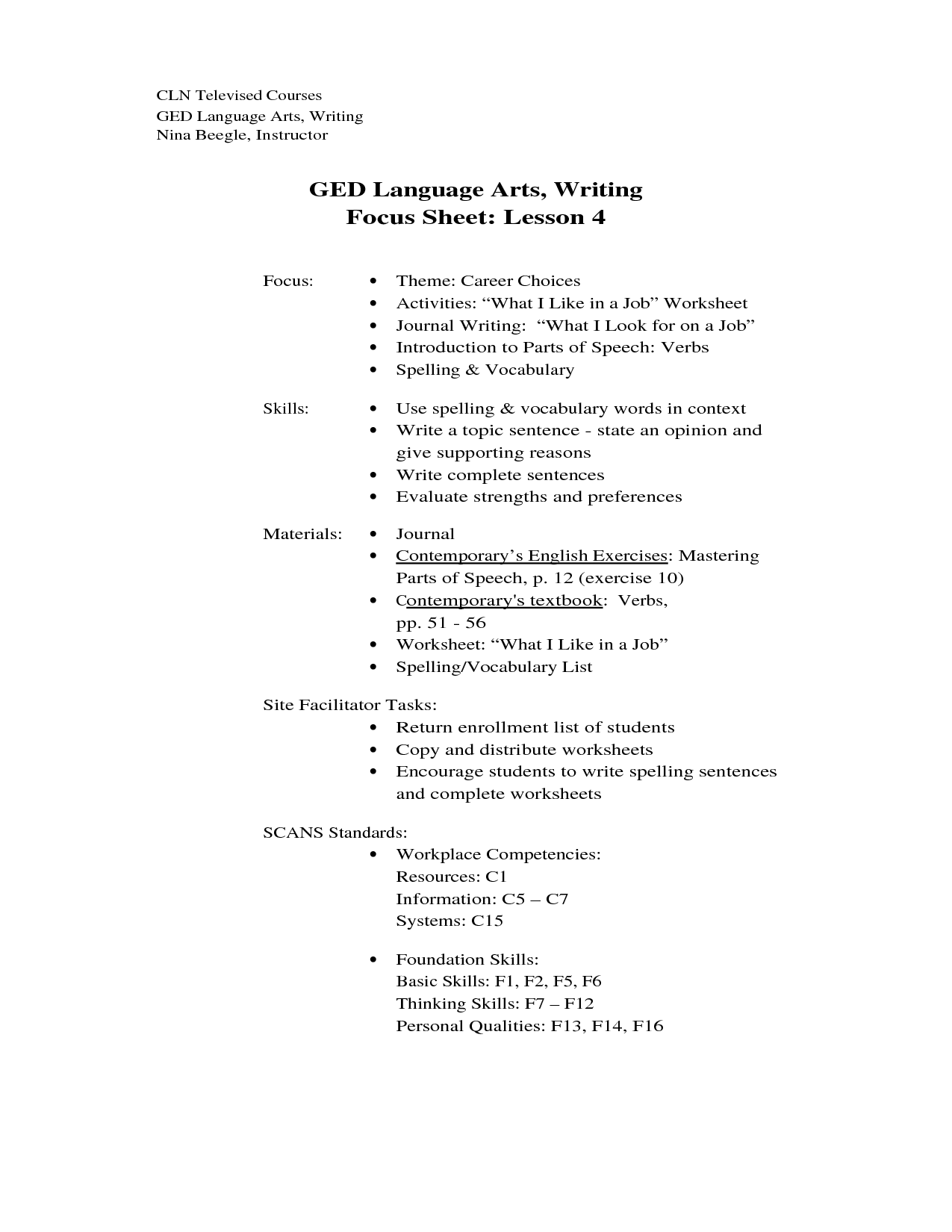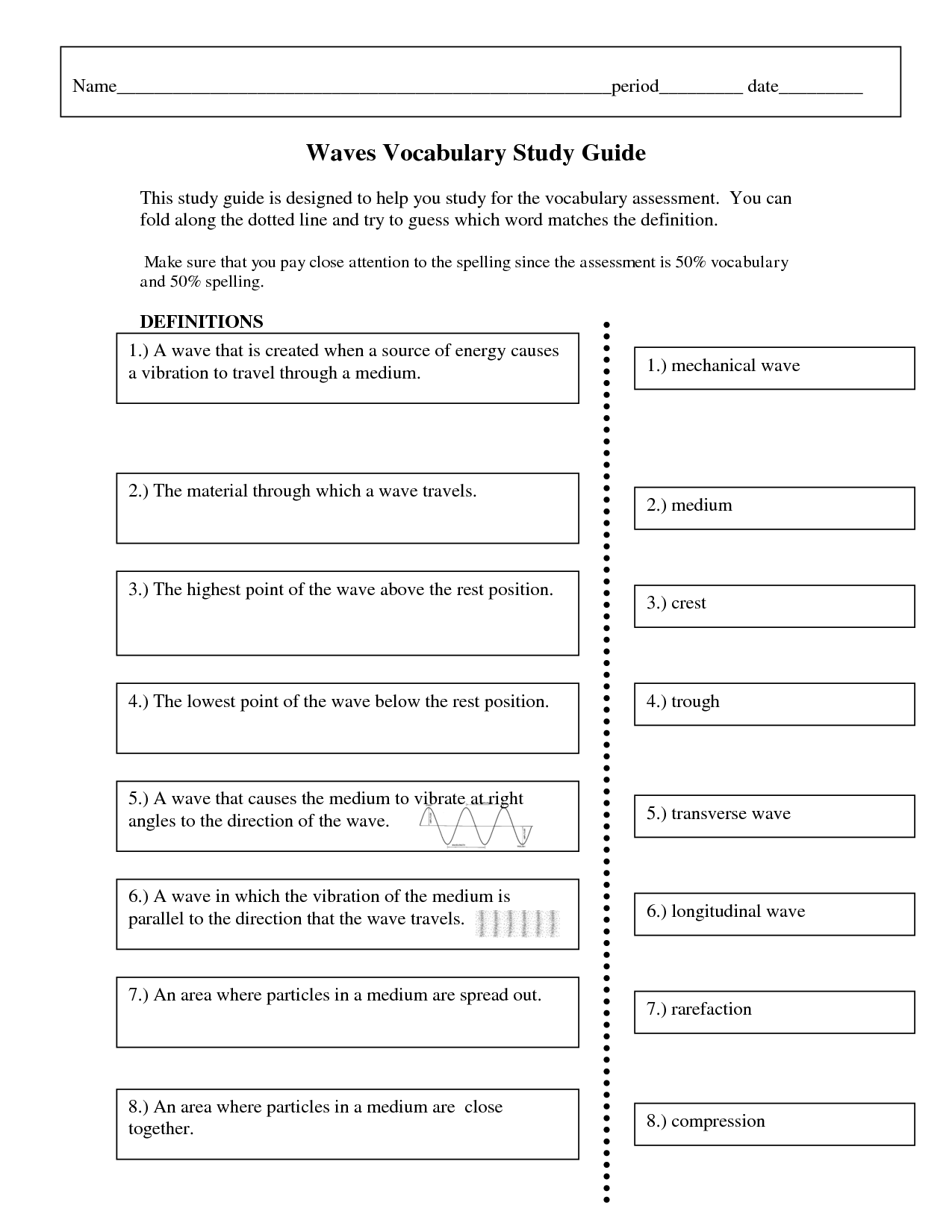en_us
Welcome, fellow science enthusiasts and language lovers! Today, we’re diving deep into a topic that often gets overlooked in the grand scheme of scientific discovery: the language of science itself. Science, as a discipline, relies on precise communication, meticulous observation, and rigorous experimentation. But how do we ensure that our findings are accurately conveyed across disciplines, geographical boundaries, and even different generations of researchers? The answer lies in understanding and mastering the unique “language” of science.
While we often think of science as being purely objective and data-driven, it’s fundamentally communicated through language. This language isn’t just about using correct grammar; it involves adopting specific conventions, vocabulary, and a critical thinking approach that allows for clear, unambiguous, and testable statements. Understanding the nuances of scientific language empowers us to critically analyze research, communicate our own findings effectively, and participate meaningfully in the scientific process.
To test your understanding of these principles, we’re exploring the “The Language of Science” worksheet. This worksheet delves into key aspects of scientific communication, including the importance of precise definitions, the difference between observations and inferences, the role of hypotheses and theories, and the critical analysis of experimental design. It challenges you to think critically about how scientific information is presented and interpreted.
After meticulously reviewing and engaging with the worksheet, we’ve compiled the answers to help you solidify your understanding. Consider these answers as a guide to check your work and clarify any misconceptions. Remember, the goal isn’t just to get the right answers, but to understand the underlying principles that make scientific communication so crucial.
Answers to The Language of Science Worksheet
Key Concepts Covered in the Worksheet
- Observations vs. Inferences: Understanding the difference between what we directly observe and what we conclude based on those observations.
- Hypotheses and Theories: Distinguishing between a testable prediction (hypothesis) and a well-substantiated explanation of some aspect of the natural world (theory).
- Variables: Identifying independent, dependent, and controlled variables in experimental setups.
- Controls: Recognizing the importance of control groups in experimental design to isolate the effect of the independent variable.
- Scientific Vocabulary: Using precise and accurate terminology to describe scientific concepts.
- Data Interpretation: Analyzing and interpreting data presented in various formats (e.g., graphs, tables).
Worksheet Answer Key:
- Question 1: Define “observation.”
- Answer: An observation is the act of noting or perceiving objects or events using one or more of the senses (sight, smell, hearing, taste, touch). It is a direct and factual recording of what is experienced.
- Question 2: Define “inference.”
- Answer: An inference is a conclusion or interpretation based on observations and prior knowledge. It is an educated guess or logical deduction made based on the evidence available.
- Question 3: Give an example of an observation and then an inference based on that observation.
- Answer:
- Observation: The plant’s leaves are wilting.
- Inference: The plant is not getting enough water. (This is an inference because there could be other reasons for wilting, such as disease or too much sunlight.)
- Answer:
- Question 4: What is a hypothesis?
- Answer: A hypothesis is a testable explanation for a phenomenon or a proposed answer to a scientific question. It is a prediction that can be supported or refuted through experimentation or observation.
- Question 5: What is a scientific theory? How does it differ from a hypothesis?
- Answer: A scientific theory is a well-substantiated explanation of some aspect of the natural world that is based on a body of facts that have been repeatedly confirmed through observation and experimentation. A theory is much broader and more comprehensive than a hypothesis. A hypothesis is a tentative explanation that needs to be tested, while a theory has already been extensively tested and supported by evidence.
- Question 6: In an experiment testing the effect of fertilizer on plant growth, identify the independent and dependent variables.
- Answer:
- Independent Variable: The amount of fertilizer used.
- Dependent Variable: Plant growth (e.g., height, number of leaves).
- Answer:
- Question 7: Why is a control group important in an experiment?
- Answer: A control group is important because it provides a baseline for comparison. It is a group that does not receive the treatment (independent variable) being tested. This allows scientists to determine whether any observed changes in the experimental group are actually due to the treatment and not some other factor. Without a control group, it is difficult to draw valid conclusions about the effect of the independent variable.
- Question 8: Define “variable.”
- Answer: A variable is a factor, trait, or condition that can exist in differing amounts or types. In an experiment, variables are factors that can change and be measured.
- Question 9: What are constants (controlled variables)? Why are they important?
- Answer: Constants (or controlled variables) are factors in an experiment that are kept the same across all groups being tested. They are important because they help to ensure that only the independent variable is affecting the dependent variable, allowing for a more accurate assessment of the relationship between the two. Keeping constants ensures the results are attributable to the independent variable.
- Question 10: Explain the importance of precise language in scientific communication.
- Answer: Precise language is crucial in scientific communication to avoid ambiguity and ensure that findings are clearly understood. Using well-defined terms and avoiding vague or subjective language allows scientists to communicate their results accurately and allows others to replicate their experiments. Clear communication is essential for the progress of scientific knowledge.
We hope this answer key has been helpful! Remember that understanding the language of science is an ongoing process. Keep practicing your critical thinking skills, pay attention to how scientific information is presented, and don’t be afraid to ask questions. By mastering the language of science, you’ll be better equipped to understand, interpret, and contribute to the world of scientific discovery.
If you are searching about 50 the Language Of Science Worksheet – Chessmuseum Template Library you’ve visit to the right page. We have 22 Images about 50 the Language Of Science Worksheet – Chessmuseum Template Library like The Language of Science – BIO 101 – Three Rivers – Studocu – Worksheets, The Language Of Science Worksheet Answers and also Ged English Worksheets. Here it is:
50 The Language Of Science Worksheet – Chessmuseum Template Library

chessmuseum.org
Answer Key To Science Worksheets

doftorire628lessondb.z21.web.core.windows.net
Language Of Science Biology Vocabulary Prefix And Suffix Worksheet

worksheets.clipart-library.com
The Language Of Science Worksheet – Ame.my.id

ame.my.id
The Language Of Science Worksheet – Owhentheyanks.com

www.owhentheyanks.com
The Language Of Science Answers – Name: Lianet Nunez Blain Date: Period

www.studocu.com
Answer Key To Any Worksheet Science

wielkipzxlessonmedia.z14.web.core.windows.net
Hyperbole And Understatement Worksheet 3 | Figurative Language

worksheets.clipart-library.com
The Language Of Science Worksheet Answers

fity.club
The Language Of Science – BIO 101 – Three Rivers – Studocu – Worksheets

worksheets.clipart-library.com
Free The Language Of Science Worksheet Answers, Download Free The

worksheets.clipart-library.com
The Language Of Science Worksheets Answer Key

lessonlibrarywade77.s3-website-us-east-1.amazonaws.com
Ged English Worksheets

printableanisystemg2.z22.web.core.windows.net
The Language Of Science Worksheet Answer Key – Printable Calendars AT A

ataglance.randstad.com
This Worksheet Is About Finding Languages All Around India. Guess The

www.pinterest.it
The Language Of Science Worksheet – E Street Light

www.e-streetlight.com
The Language Of Science – Ppt Download

slideplayer.com
The Language Of Science Worksheet Answers

fity.club
Free Multiplication Worksheets 1-12 – Paper Trail Design – Worksheets

worksheets.clipart-library.com
Language Of Science Worksheet

www.onlineworksheet.my.id
Language For Science%2 Fstem – For Interactive Notebook Academic

www.studocu.com
The Language Of Science – Name: Date: Period: ______ The Language Of

www.studocu.com
The language of science worksheet – e street light. Hyperbole and understatement worksheet 3. Answer key to science worksheets